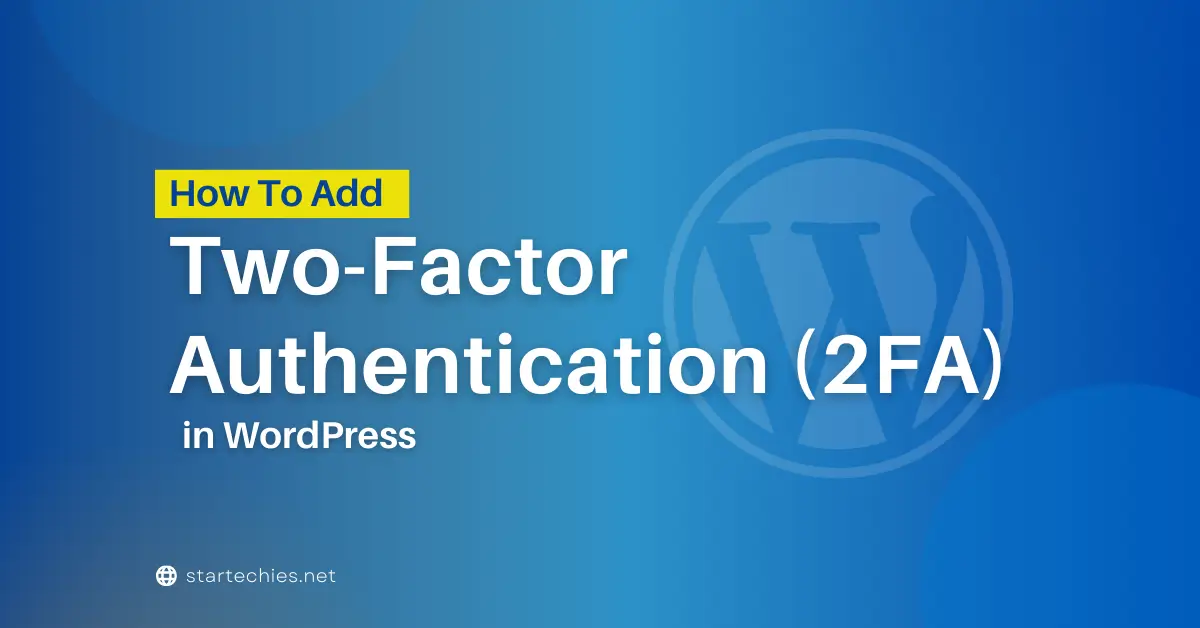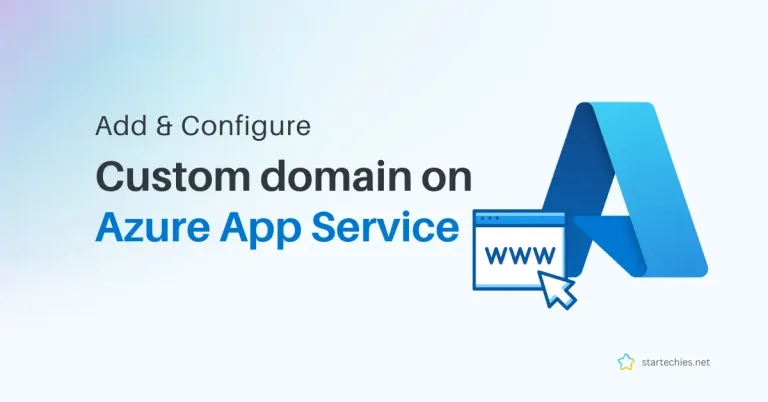Do you want to make your WordPress site more secure? If yes, then you can make you WordPress site more secure, by adding Two-Factor Authentication (2FA) in WordPress. In this guide, we’ll show you how to add two-factor authentication in WordPress and what are the best free 2FA WordPress plugins available on WordPress.
2FA adds an extra layer of security by requiring a security code (normally 6 digits), preventing unauthorized access to your site. In this guide, we’ll show you the two best free methods available to set up 2FA on WordPress.
Topics we covered in this article:
What Is Two-Factor Authentication And Why You Must Use It?
Two-Factor Authentication (2FA) also know as Multifactor Authentication(MFA) in WordPress adds an extra layer of security by requiring users to provide two forms of identification to log in.
The first factor is a normal password you use to login to your wp-admin and The second factor is a code sent to your email or mobile device or generated by an authenticator app such as Google Authenticator or Microsoft Authenticator .
As we all know that passwords can be stolen or guessed, which will make a site vulnerable to attacks. Even if hackers obtains your password, they won’t be able to log in to your WordPress site without the second form of verification, Which will make your WordPress site significantly more secure.
How To Enable Two-Factor Authentication In WordPress
There are multiple plugins available on WordPress Plugin library that make it easy to add two-factor authentication in WordPress. Two of the most popular and reliable options are Solid Security and Wordfence.
Both Solid Security and Wordfence plugins will not only allow you to set up Two-Factor Authentication in WordPress but also offer additional features like firewalls, malware scanning, and login security. By using these tools, your site is protected from threats such as brute force attacks and blocks malicious traffic, ensuring extensive security for your WordPress website.
In this section, we’ll guide you through setting up 2FA using both plugins.
Method 1: Setting Up 2FA with Solid Security

Solid Security (formerly known as iThemes Security) is one of the best plugins for securing your WordPress site, including enabling two-factor authentication.
Here’s how to set it up:
- Install the Solid Security Plugin
Go to your WordPress dashboard, click on Plugins > Add New, and search for “Solid Security.” Once you find it, click Install and then Activate the plugin. - Configure 2FA Settings
After installing the plugin, go to Security > Settings in the WordPress dashboard. Scroll down to the Two-Factor Authentication section and enable it. - Choose Your Authentication Method
Solid Security offers several 2FA methods, including using an app like Google Authenticator or receiving an email with a code. Choose the option you’re most comfortable with. - Scan the QR Code
If you choose to use an authenticator app, scan the QR code displayed in your WordPress settings using the app. Enter the generated code from the authenticator. This will link the app to your WordPress account. - Save Changes and Test It Out
After setting up 2FA, log out and then log back into your WordPress site. You should now be asked to enter the authentication code after typing in your password.
That’s it! You’ve successfully set up two-factor authentication in WordPress using Solid Security.
Method 2: Setting Up 2FA with Wordfence

Wordfence is another popular security plugin for WordPress that offers 2FA as part of its features.
Here’s how you can set up 2FA with Wordfence:
- Install the Wordfence Plugin
Like before, head to your WordPress dashboard and go to Plugins > Add New. Search for “Wordfence Security,” install, and activate it. - Enable 2FA in Wordfence
Once the plugin is activated, navigate to Wordfence > Login Security. From here, you’ll find the option to enable Two-Factor Authentication. - Set Up Your Authentication App
Similar to Solid Security, you’ll need an authentication app (like Google Authenticator or Authy) to complete the setup. Scan the QR code provided in Wordfence’s settings. - Configure 2FA for Users
Wordfence allows you to enable 2FA for different user roles, such as administrators, editors, or authors. This is particularly useful if you have multiple people accessing your WordPress site. - Logout and Test Your 2FA
As always, make sure to log out and test your 2FA setup by trying to log back in. You should be prompted to enter the 2FA code after your password.
Once you’ve completed these steps, you will have two-factor authentication in WordPress site which will be much more secure with two-factor authentication.
Tip: When setting up Two-Factor Authentication (2FA) on your WordPress site, don’t forget to copy or download the backup recovery code provided during the setup process. Store this code in a safe place, such as a secure password manager. This backup code will allow you to log in to your site in case you lose access to your phone or authenticator app. Without it, recovering access to your site may be more difficult. Stay safe by keeping this code handy!
Best Practices For Securing Your WordPress Site
In addition to enabling two-factor authentication for WordPress, here are a few other tips to keep your site secure:
- Do not use common username: Never ever use common usernames such as admin, administrator or your domain-name.
- Use strong passwords: Avoid common words or easy-to-guess passwords.
- Keep your WordPress updated: Always update WordPress, plugins, and themes to the latest versions.
- Never use nulled WordPress themes or plugins as they pose security risks and legal issues.
- Backup your site regularly: Make sure you have regular backups so you can restore your site in case of an attack.
- Limit login attempts: Set the limit for the number of login attempts from a single IP address.
Conclusion
Adding two-factor authentication in WordPress site is one of the easiest and most effective ways to protect your website from hackers & spammers. Whether you choose Solid Security or Wordfence, you’ll have peace of mind knowing that your site is much safer with 2FA enabled.
If you haven’t already, take a few minutes to set up 2FA today. It’s a simple step that can make a huge difference in your website’s security.
Excited About Your Project? So Are We!
Whether you need a new website, marketing strategy, or IT support, we’re here for you. Contact us today and let’s create something amazing together









